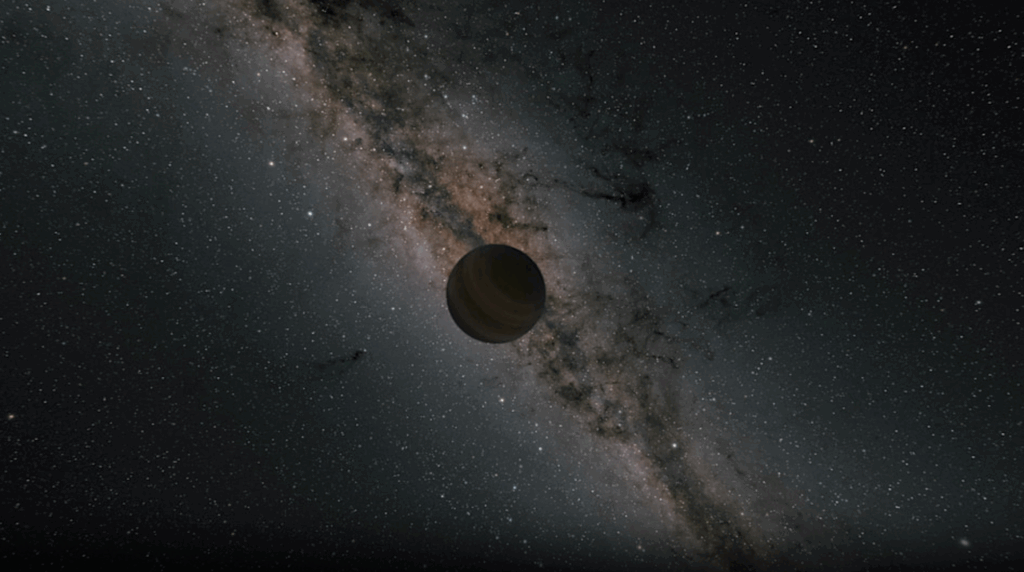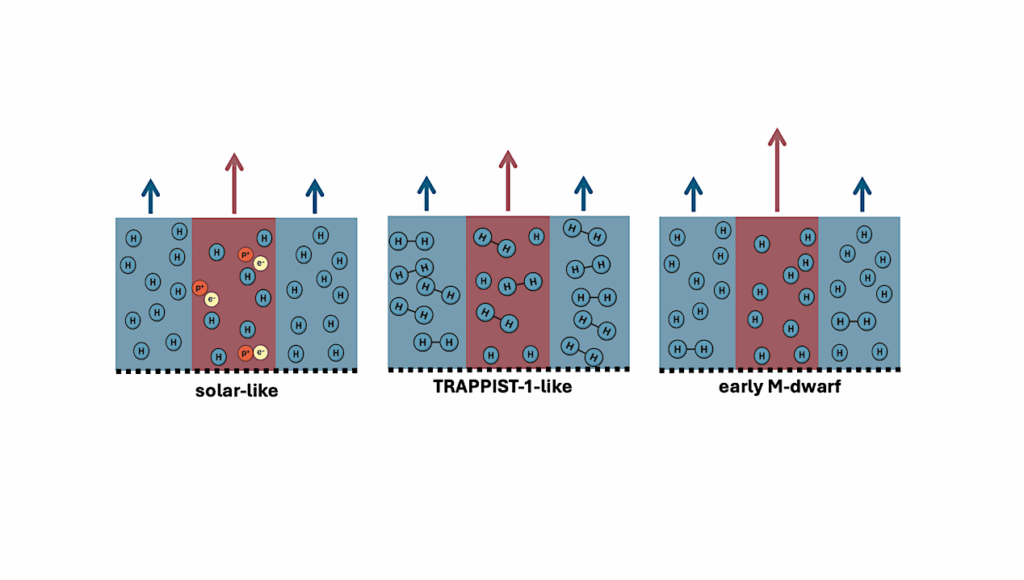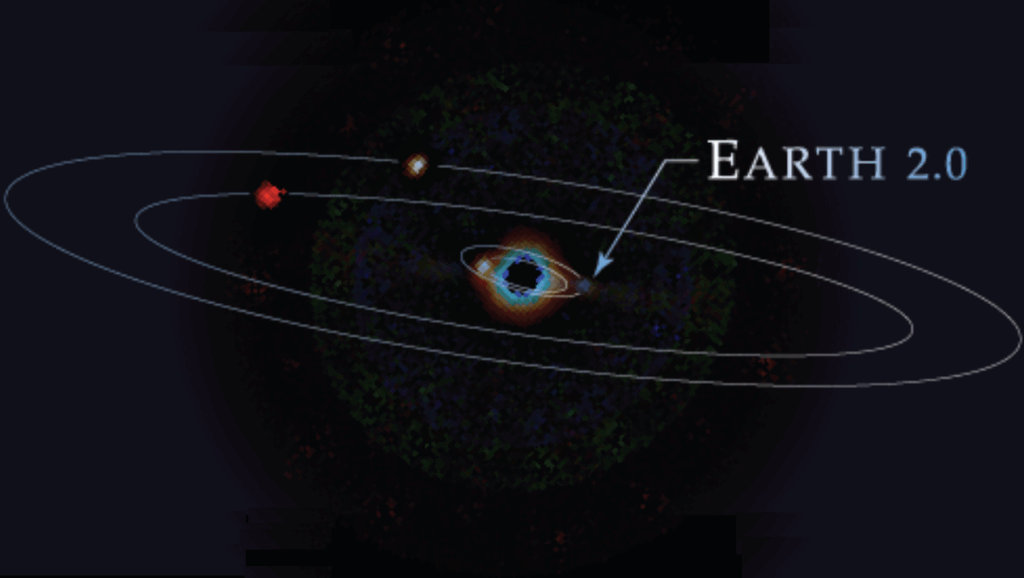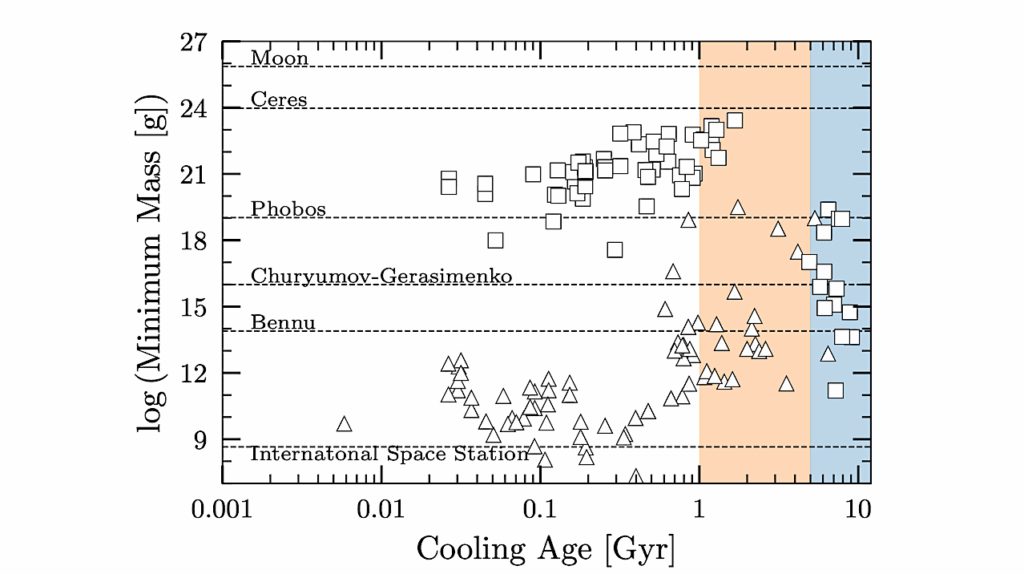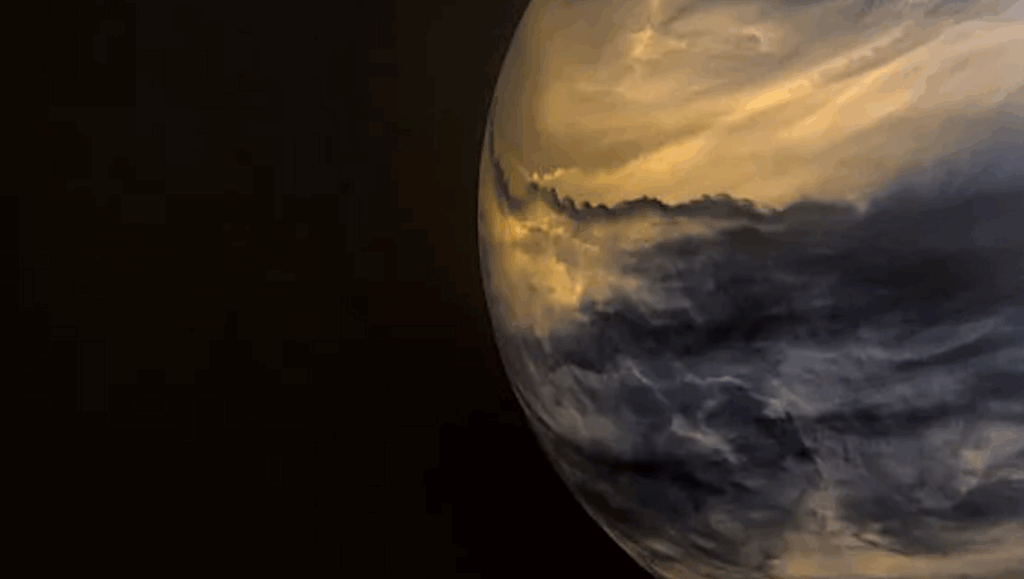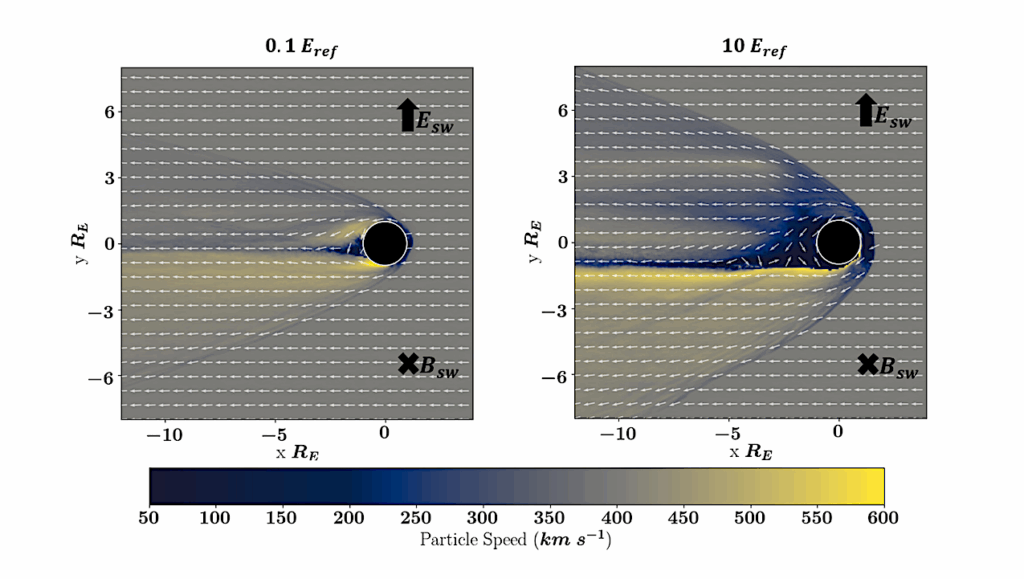Constraining Planetary Formation Models Using Conditional Occurrences of Various Planet Types
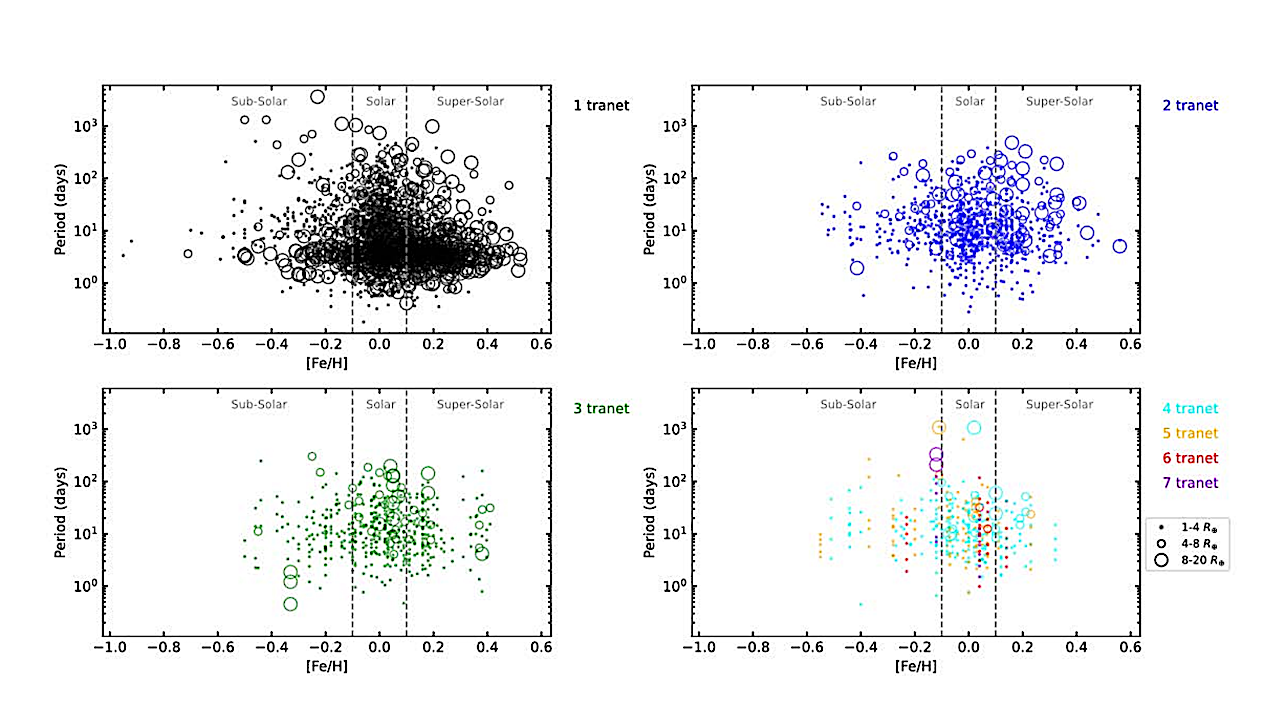
We report the conditional occurrences between three planetary types: super-Earths (m sin i < 10 M⊕, P < 100 days), warm Jupiters (m sin i > 95 M⊕, 10 < P < 100 days), and cold Jupiters (m sin i > 95 M⊕, P > 400 days) for sun-like stars.
We find that while the occurrence of cold Jupiters in systems with super-Earths is 22.2+8.3−5.4%, compared to 10% for the absolute occurrence rate of cold Jupiters, the occurrence of super-Earths in systems with cold Jupiters is 66.0+18.0−16.0%, compared to 30% for the absolute occurrence rate of super-Earths for sun-like stars. We find that the enhancement of super-Earths in systems with cold Jupiters is evident for sun-like stars, in agreement with several previous studies.
We also conduct occurrence studies between warm Jupiters and super-Earths, and between warm Jupiters and cold Jupiters, to consolidate our methods. We conduct an independent observational test to study the effects of cold Jupiters against the inner multiplicity using the well-established giant planet host star metallicity correlation for all transiting planets found to date.
The conditional occurrences we find here can be used to constrain the validity of various planetary formation models. The extremely interesting correlations between the super-Earths, cold Jupiters, and warm Jupiters can also be used to understand the formation histories of these planetary types.
Sridhar Gajendran, Ing-Guey Jiang, Li-Chin Yeh, Devesh P. Sariya (NTHU)
Comments: 9 pages, 3 tables, 3 figures, published in MNRAS Advance Access
Subjects: Earth and Planetary Astrophysics (astro-ph.EP)
Cite as: arXiv:2402.17212 [astro-ph.EP] (or arXiv:2402.17212v1 [astro-ph.EP] for this version)
https://doi.org/10.48550/arXiv.2402.17212
Focus to learn more
Journal reference: March 2024, MNRAS, 528, 7202
Related DOI:
https://doi.org/10.1093/mnras/stae501
Focus to learn more
Submission history
From: Ing-Guey Jiang
[v1] Tue, 27 Feb 2024 05:09:37 UTC (182 KB)
https://arxiv.org/abs/2402.17212
Astrobiology


